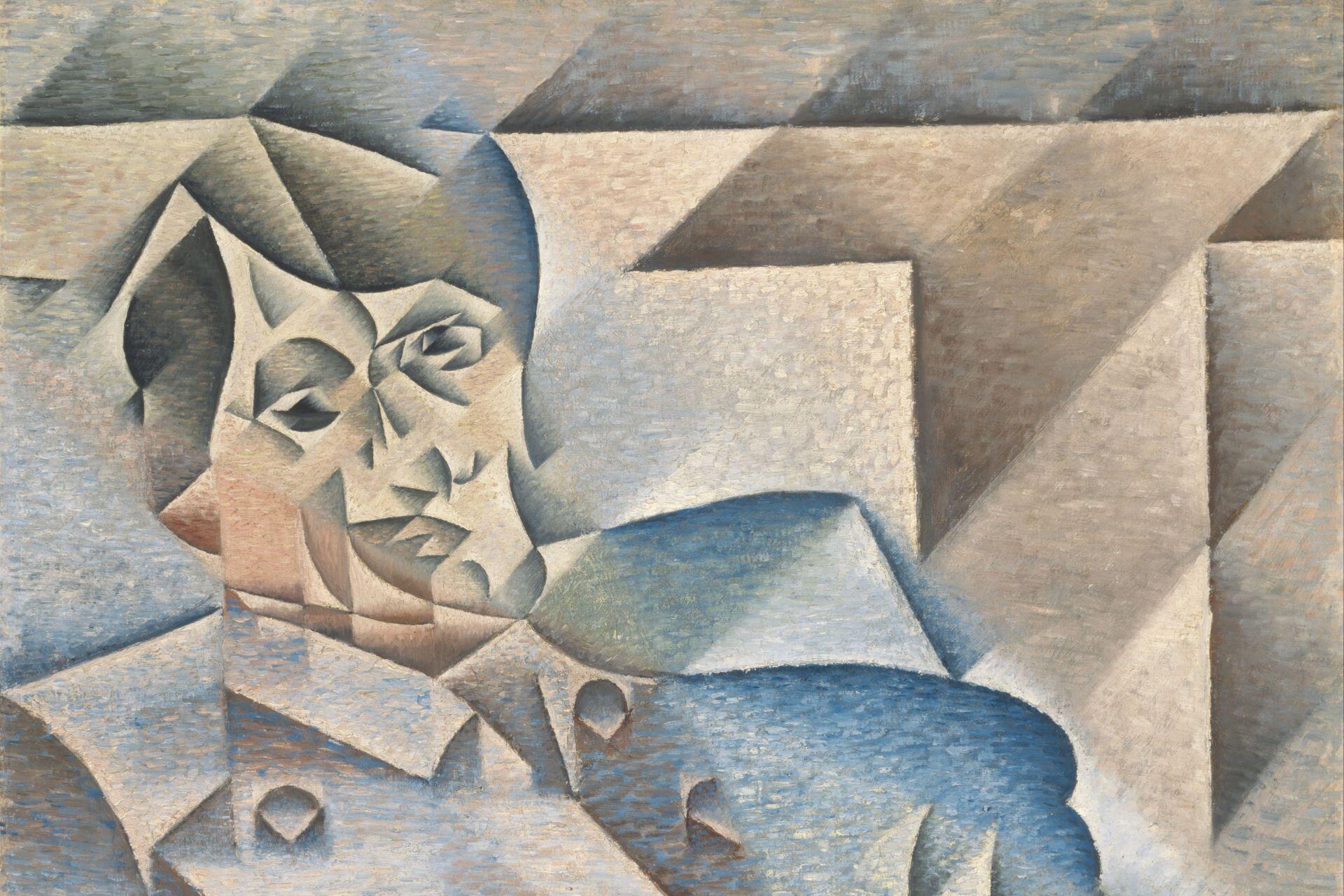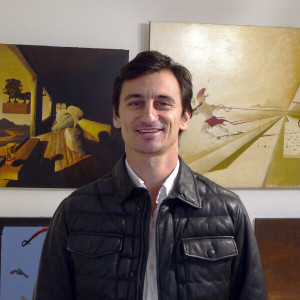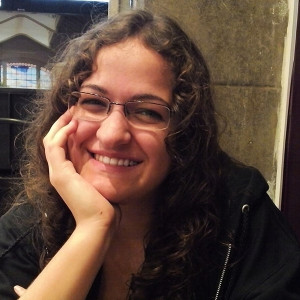Like many artists, Pablo Picasso led a complex life. He's a towering figure in art, but his machismo and turbulent relationships have cast a dark shadow over his legacy. However, beneath all his bravado, his sensitive soul was wounded by losing his sister, Conchita. Let's explore the man and his various art styles.

The Art Factory: Picasso's Relentless Production
You might say that Pablo Picasso was an art factory. There wasn't a single Picasso style of art since he produced thousands of works in different styles with an avid eye for their marketing.
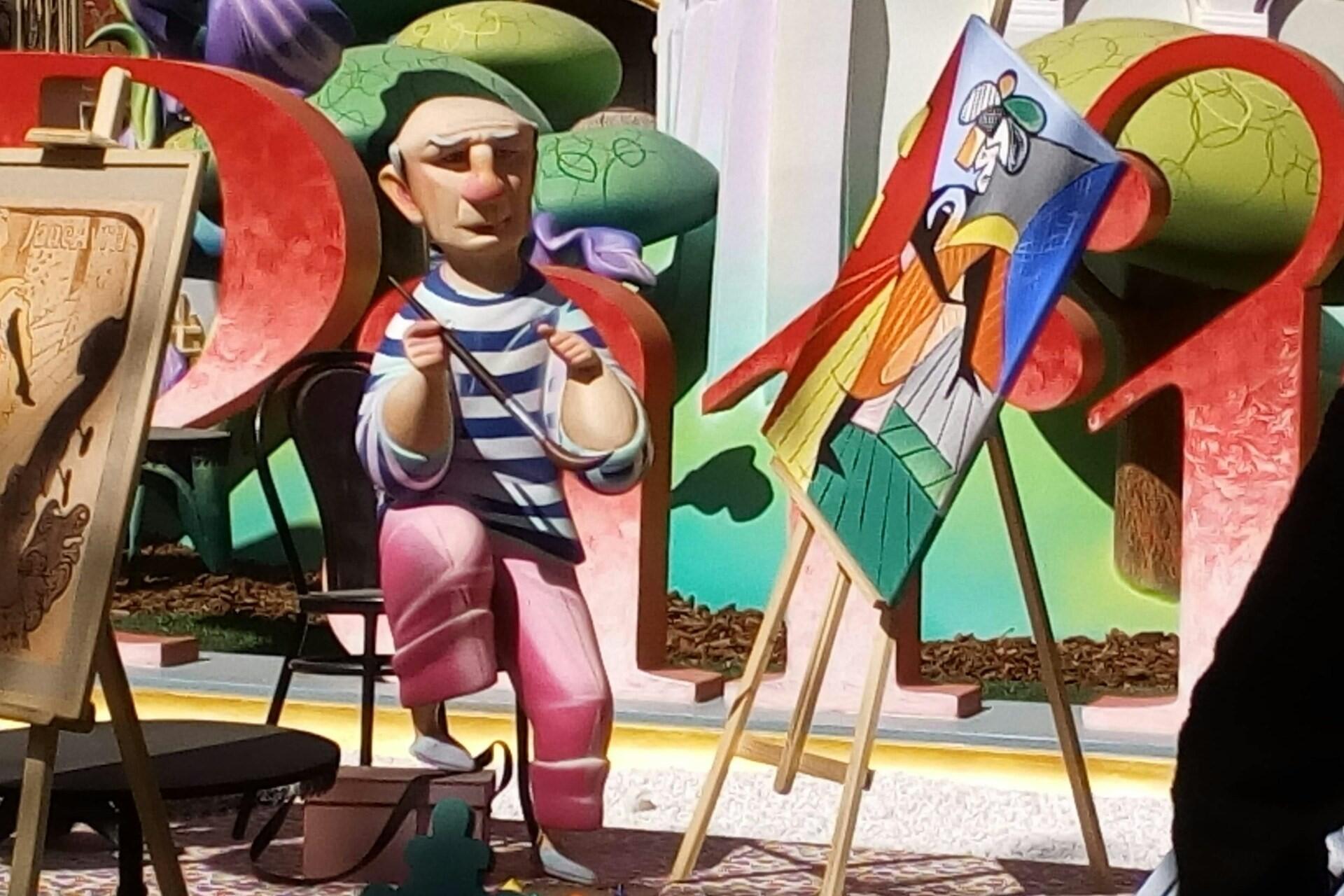
He alternately led and contributed to different art movements and worked in different media, sometimes producing up to three complete artworks daily.
Despite the women, the traveling, and unabashedly marketing himself, Picasso somehow had time to formulate political views, which he liberally expressed through his art.
There are only two types of women - goddesses and doormats.
Pablo Picasso
Picasso is the type of artist that viewers will find divisive. The later Pablo Picasso style of art, in particular, either speaks to you or doesn’t – he certainly wasn’t going to tell you what to see in this painting or that sculpture.
Regardless of any feelings you may have for the man or his work (or both), Pablo Picasso represents an important step in developing and marketing art. If only for that, he now takes center stage.
Pablo Picasso created an estimated 50,000 artworks throughout his lifetime, including paintings, drawings, sculptures, ceramics, and prints. On average, that’s about two pieces of art every single day from his early teens until his death at 91.
Biography of Pablo Picasso
Pablo Ruiz Picasso (though his full name was much longer) was born in Málaga, Spain, in 1881. His father was an art teacher and museum curator who introduced him to painting when he was seven. Legend said that Picasso's first words were "Pencil! Pencil!" (in Spanish).
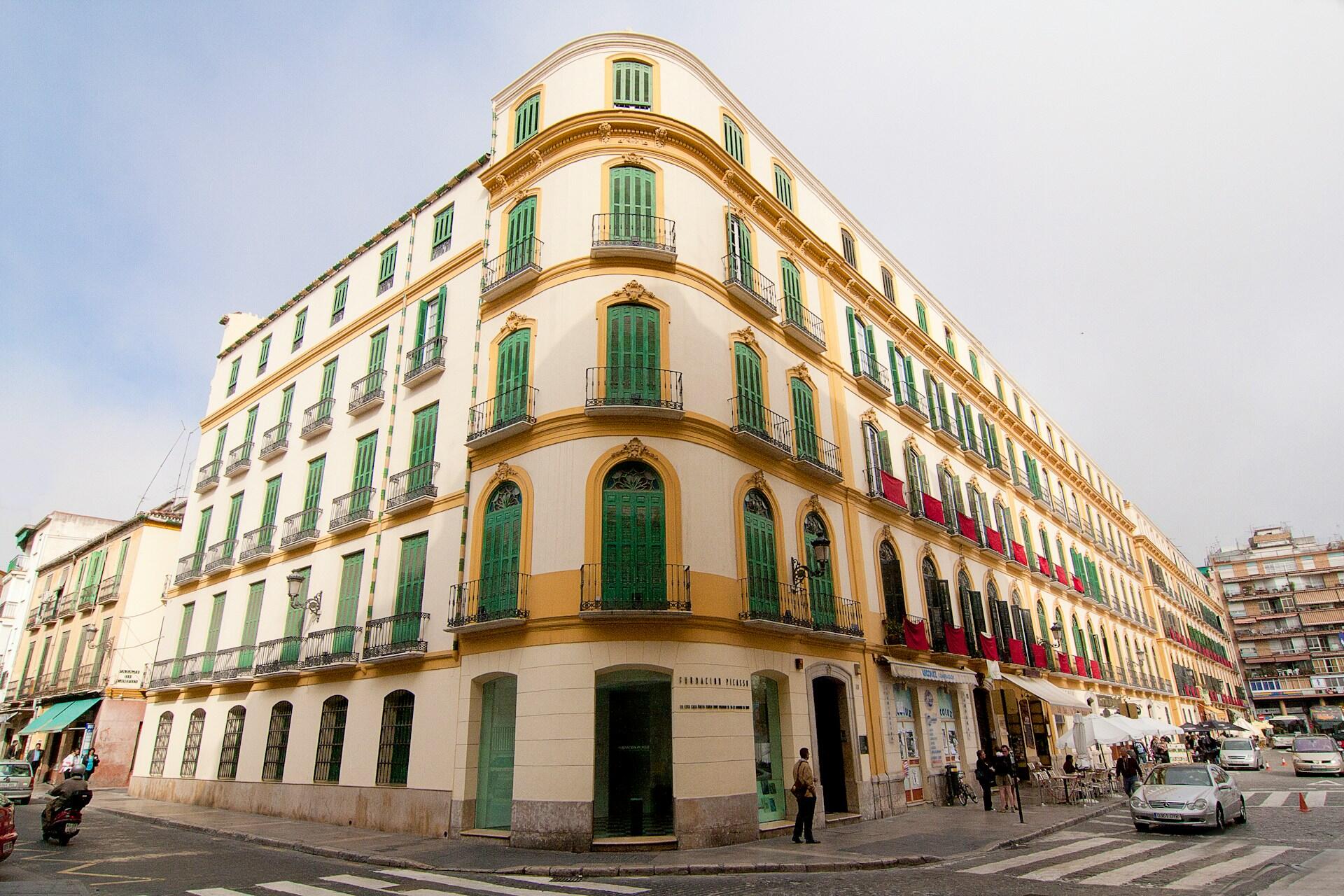
By 13, his family had moved to Barcelona. Picasso impressed the Academy of Fine Arts, passing the entrance exam in just one week, even though it would usually take a month of preparation.
Picasso passed the entrance exam for the Academy of Fine Arts in Barcelona in just one week, a feat that usually takes a month of preparation. His teachers were astounded by his natural talent and expressive style at such a young age.
In many ways, Barcelona was a turning point for Picasso. Not quite disciplined enough to take instruction, he made many friends who would impact him throughout his life.
Most prominent among them was Carles Casagemas, with whom Picasso would travel around Spain and eventually to Paris. It is widely believed that Casagema’s suicide inspired the legendary artist’s Blue Period.
Vincent Van Gogh could have related to Casagemas; he too suffered from crippling depression...
1881
Born in Málaga, Spain
Pablo Picasso is born in Málaga, Spain, the first child of an art teacher who would introduce him to painting at the age of seven.
1895
Moves to Barcelona
Picasso's family moves to Barcelona, where his prodigious talent gains him entry to the prestigious Academy of Fine Arts at just 13 years old.
1901
Begins Blue Period after Casagemas' death
The Blue Period begins, spurred by the tragic suicide of his close friend Carles Casagemas, marking his work with somber tones and themes of poverty.
1904
Transitions to Rose Period
The Rose Period begins, reflecting newfound love and stability in Paris, with warmer colors and depictions of circus performers.
1907
African Period and Les Demoiselles d'Avignon
Picasso enters his African Period, heavily influenced by African masks and sculptures from the Trocadéro Museum, leading to the creation of Les Demoiselles d'Avignon.
1909
Co-founds Cubism with Georges Braque
Cubism is born, as Picasso and Georges Braque deconstruct form and space, introducing a fragmented view of subjects that revolutionizes modern art.
1917
Ballets Russes Collaboration
Picasso collaborates with the Ballets Russes, expanding his artistic reach into set design and costume creation, blending fine art with performance.
1937
Paints Guernica
Picasso completes Guernica, a monumental anti-war masterpiece that condemns the bombing of the Basque town during the Spanish Civil War.
1944
Picasso and the Communist Party
Picasso joins the French Communist Party, cementing his political views and reflecting them in his later works.
1973
Passes away in Mougins, France.
Picasso dies in Mougins, France, at the age of 91, leaving behind a legacy of over 50,000 artworks and a transformed art world.
Periods: Picasso’s Varying Styles
So, what type of art did Picasso do?
At the start of his career, Picasso was pretty conventional. His first significant oil painting was a tame depiction of his sister’s First Communion. Though it wasn't quite the Creation of Adam, it was painted in the style of Italian Renaissance art.
It was an academically satisfying work incorporating all the expected elements: a dramatic moment in a girl’s life, complete with proper religiosity and colouring.
As a young artist, Picasso was classically trained like Leonardo da Vinci. His more abstract works would come much later in his career after he experimented with various styles.
In the same year, when he was just 14, he would paint Portrait of Aunt Pepa, a remarkable study of contrasts: all you can see is his aunt’s face, set against a shadowed, black background. She was reportedly not happy with being the subject of portraiture; her pained, slightly angry expression underscores that idea.
By the time he was 16 years old, Picasso was living alone in Barcelona. At that age, some of his best paintings were shown in a one-man exhibit at a popular artists’ hangout. One of them was selected for exhibition in Paris; so it came to be that he and Casagemas made their way north.
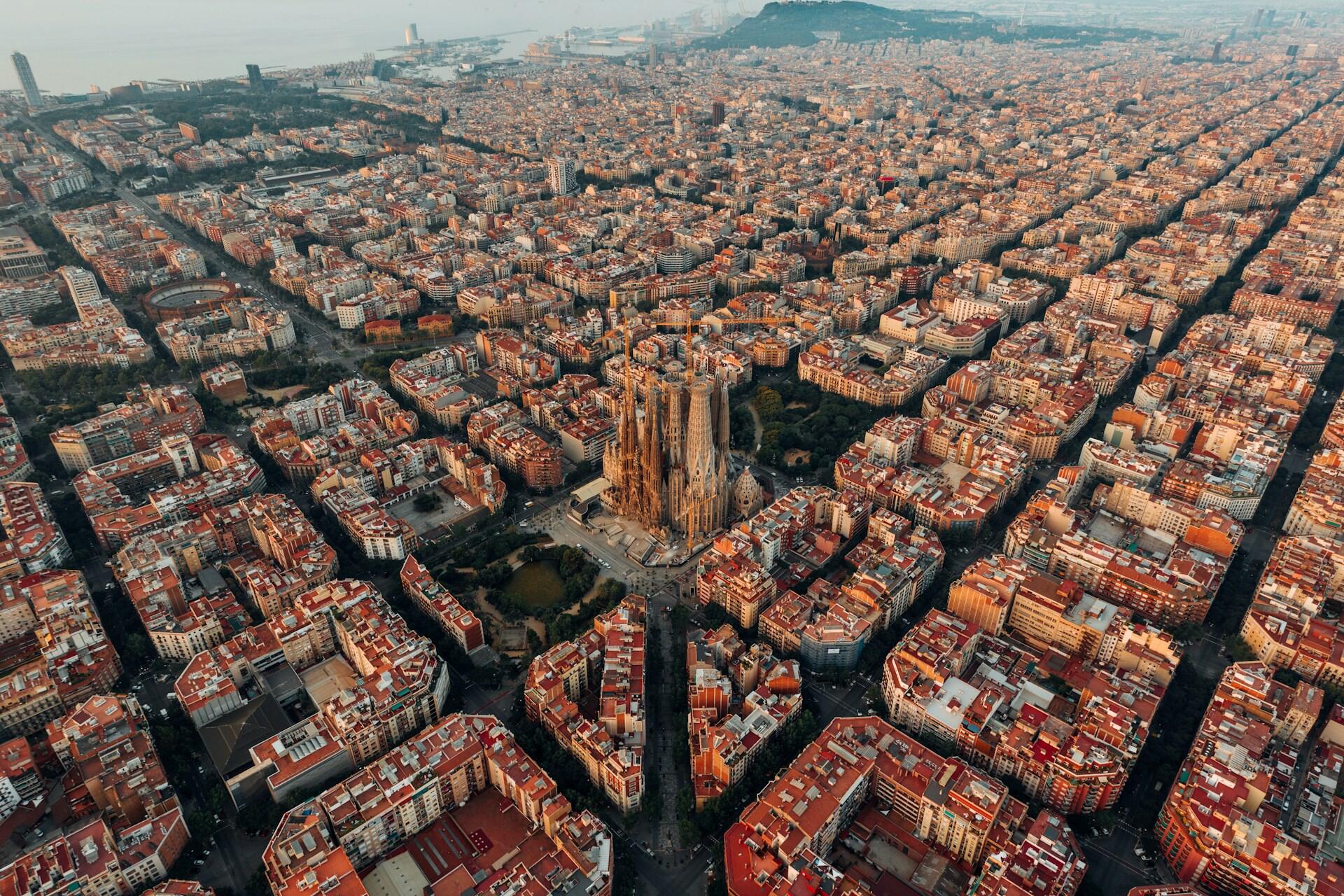
His highly realistic painting style evolved as he gained exposure to more varied painters. El Greco, Toulouse-Lautrec, and Paul Gauguin, whom he met on the Parisian art scene, particularly influenced his later work.
By far the biggest influence on him at the turn of the century was his friend’s suicide, which art history speculates ushered in his Blue Period.
Cubism, co-founded by Picasso and Georges Braque, shattered traditional perspectives by simultaneously representing objects from multiple angles. Inspired by Cézanne's geometric simplification and African masks, this movement is considered one of the most influential of the 20th century.
Picasso's artistic journey would go through several distinct periods, each reshaping modern art. Picasso took every opportunity to thumb his nose at the establishment... unlike Claude Monet, the father of French Impressionism.
1901-1904
Blue Period
Muted tones and was reflective of poverty and melancholy.
1904-1906
Rose Period
Warmer colors and lighter subjects, depicting things like circus performers.
1907-1909
African Period
Bold experimentation inspired by African art, including Les Demoiselles d'Avignon. The period was inspired by African masks and sculptures, particularly those that Picasso saw in the Trocadéro Museum of Ethnology in Paris.
1909-1919
Cubism
Perhaps Picasso's most famous period. A collaboration with Georges Braque that deconstructed forms into geometric shapes, introducing collage techniques.
1920s-1930s
Surrealism
Surreal themes culminating in Guernica, Picasso's massive and powerful anti-war statement.
As you can see, Picasso experimented with various art styles. While many look back on Cubism as particularly shocking, his African Period was also controversial. Les Demoiselles d'Avignon, for example, was rather controversial, with Picasso's friend Henri Matisse considering the piece to be in very poor taste.
| Period | Influences | Style Characteristics | Key Works |
|---|---|---|---|
| Blue Period | Personal loss, poverty, Casagemas' suicide | Monochromatic blues, elongated forms, themes of despair | The Old Guitarist, La Vie |
| Rose Period | Stability, circus performers | Warmer colors, softer subjects, emphasis on human connection | Family of Saltimbanques, Harlequin’s Family with an Ape |
| African Period | African masks and sculptures | Bold abstraction, geometric simplification, fragmented forms | Les Demoiselles d'Avignon, Three Women |
| Cubism | Cézanne, African art | Deconstructed forms, geometric shapes, multiple perspectives | Ma Jolie, Girl with a Mandolin |
| Surrealism | Political turmoil, Spanish Civil War | Dreamlike imagery, symbolic shapes, abstract forms | Guernica, Minotauromachia |
Marketing Picasso
Picasso was more than just a prolific artist. He was incredibly good at marketing. He connected with wealthy patrons to expand his reach and used scarcity to drive demand.
Picasso understood the value of scarcity. He often held onto completed works instead of selling them, knowing this would increase demand and value. This business savvy set him apart from many of his contemporaries, like Paul Cézanne, who struggled with marketing their art.
He kept completed works in his studio, knowing their value would rise. Clearly, he understood how the art market worked. Impressionist painter Paul Cezanne could have used some of Picasso’s marketing skills!
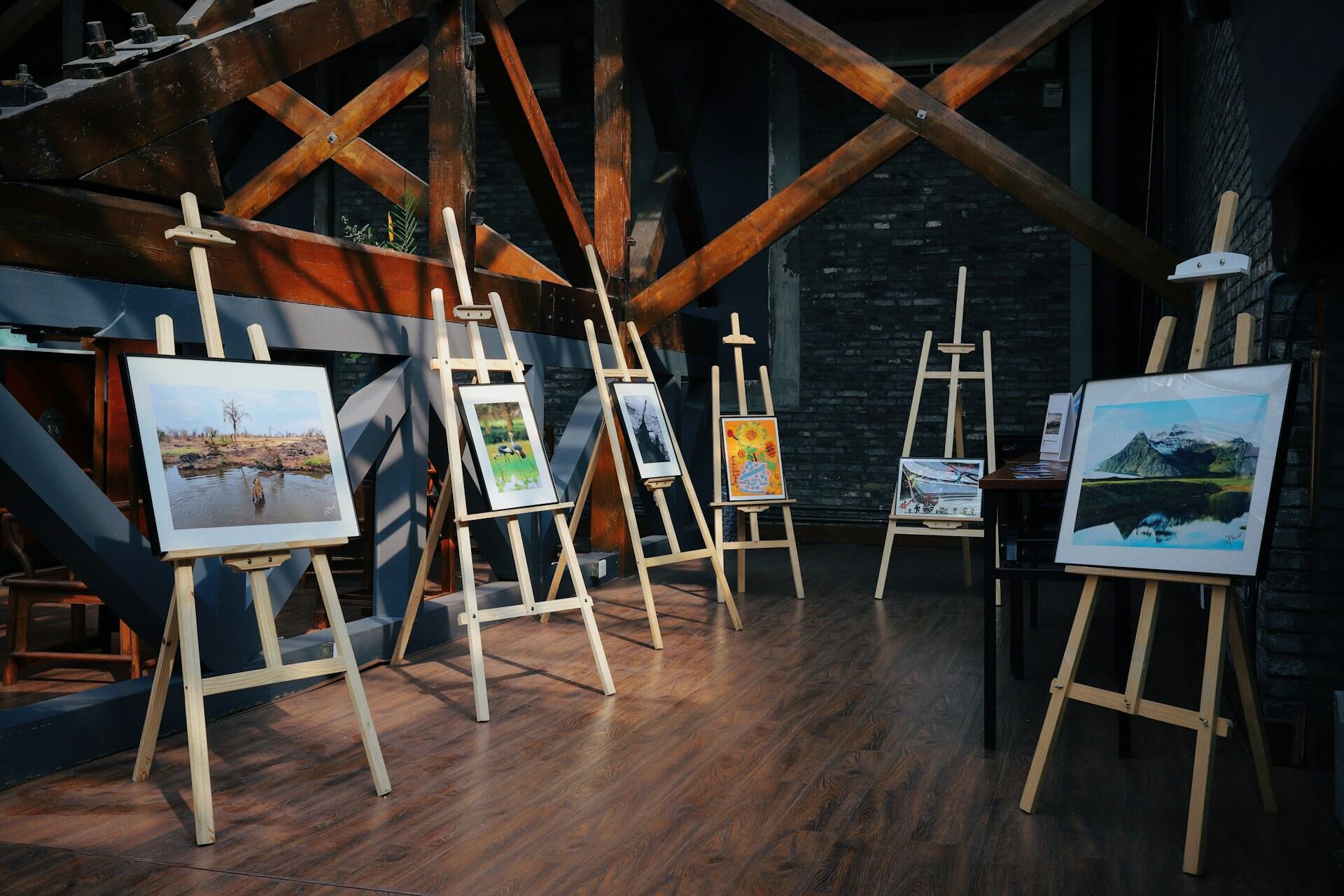
Perhaps he was authentically chauvinistic. Maybe the revolving door of women in his life was all part of the act, packaging himself into something so repulsive, vile, and contrary that he continuously drew attention to himself, a tactic that is still used today.
Picasso remains one of the most influential artists of all time. His work is shown in major museums worldwide and cements his legacy as a pioneer of modern art. Beyond his character, Picasso's imprint on art history is undeniable.
Some of the world’s most famous paintings are by Picasso, but he is not the only one who rendered famous paintings: discover other famous artists who made our world more beautiful.

